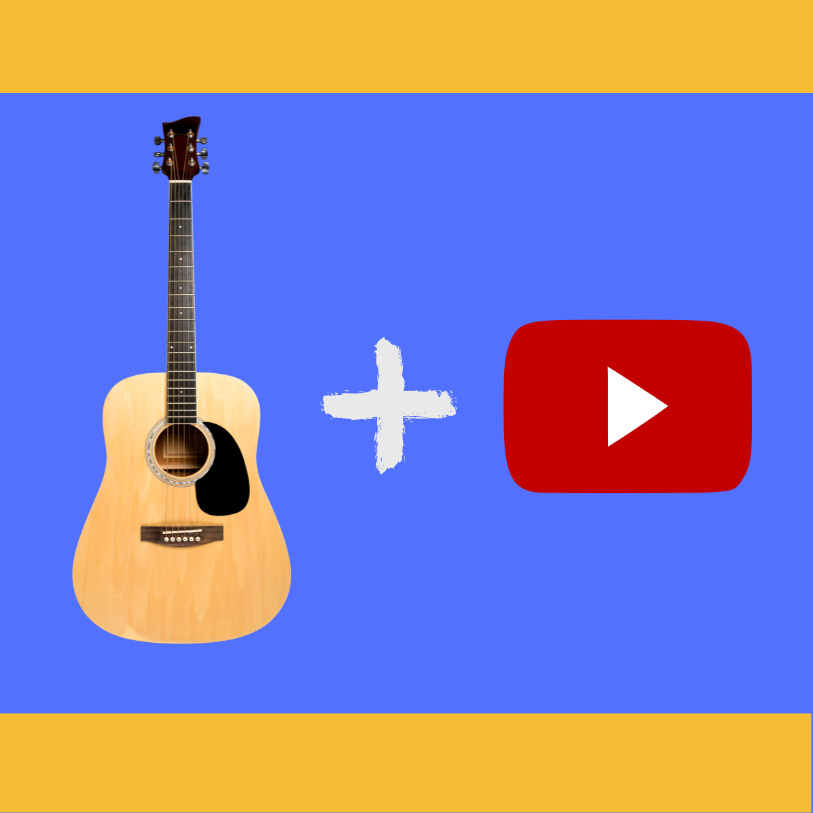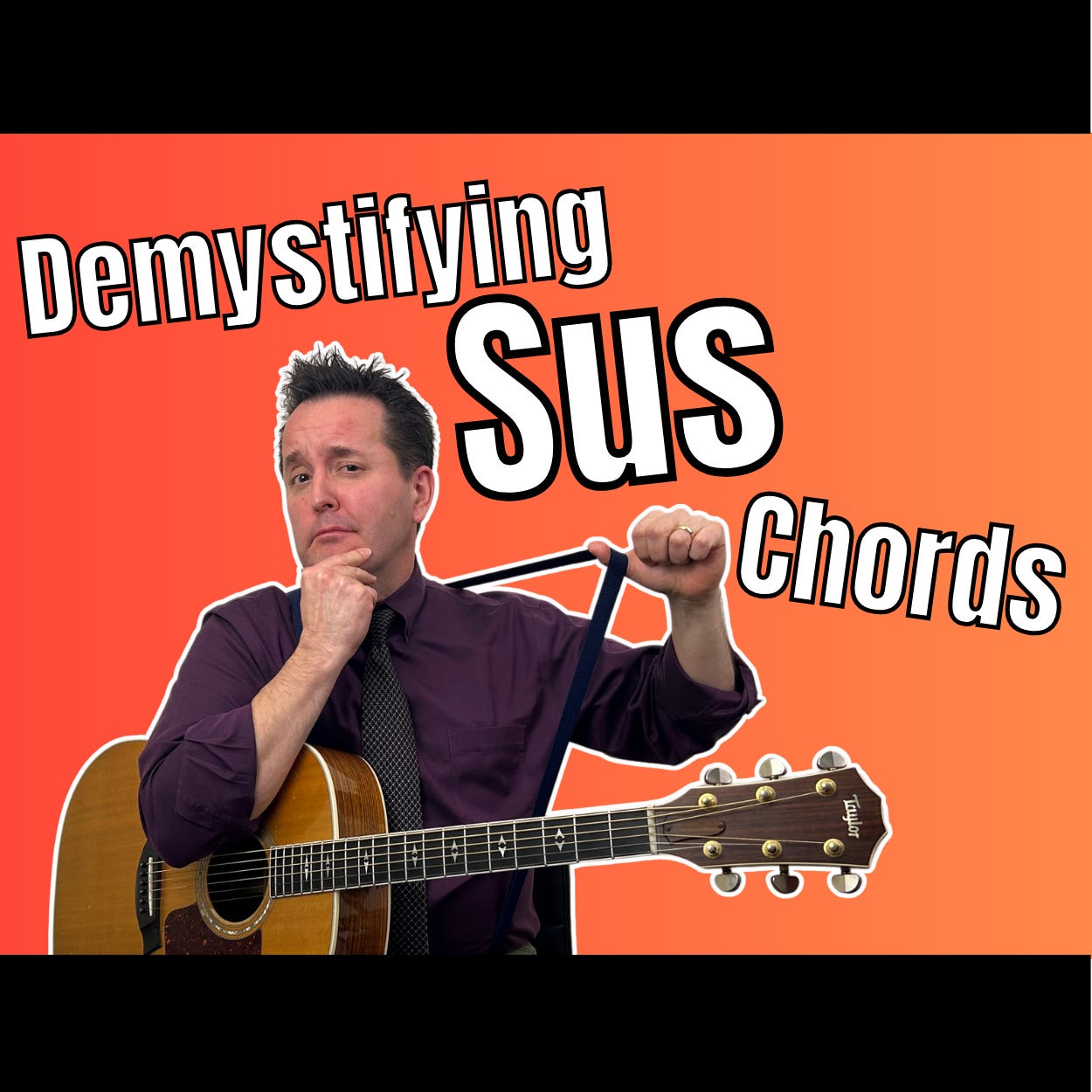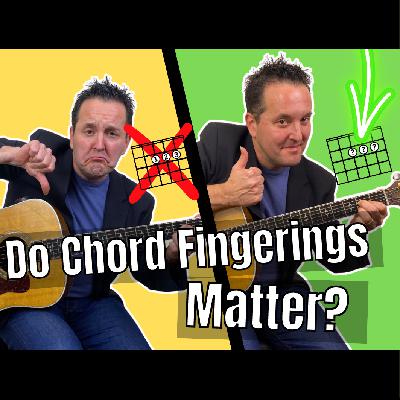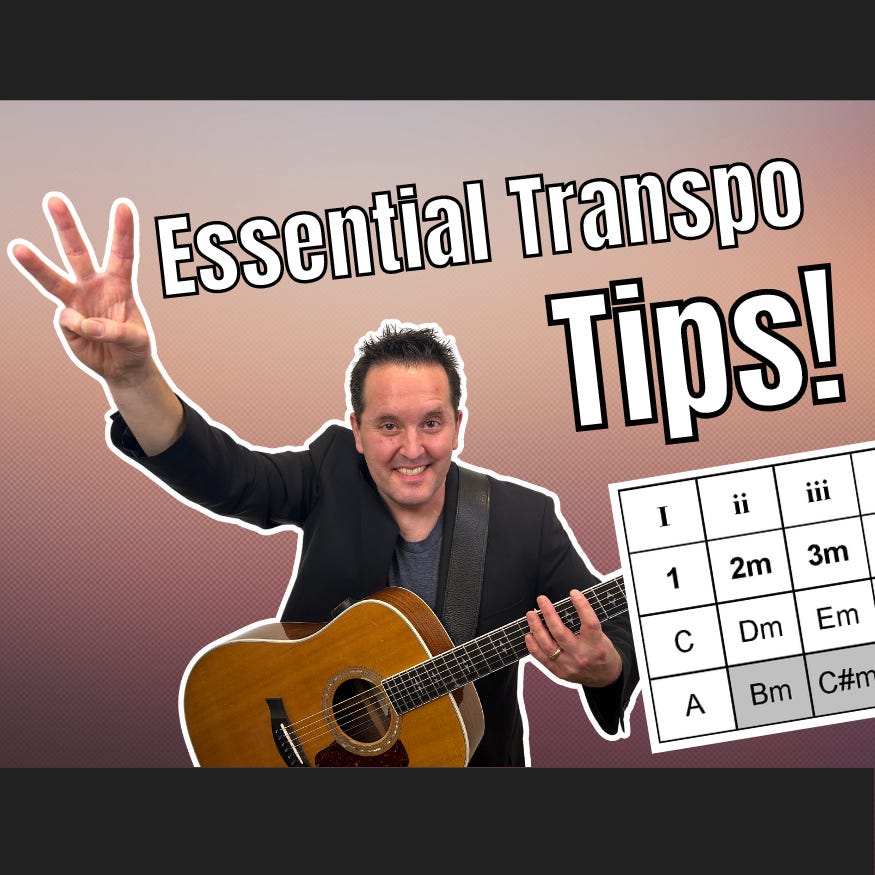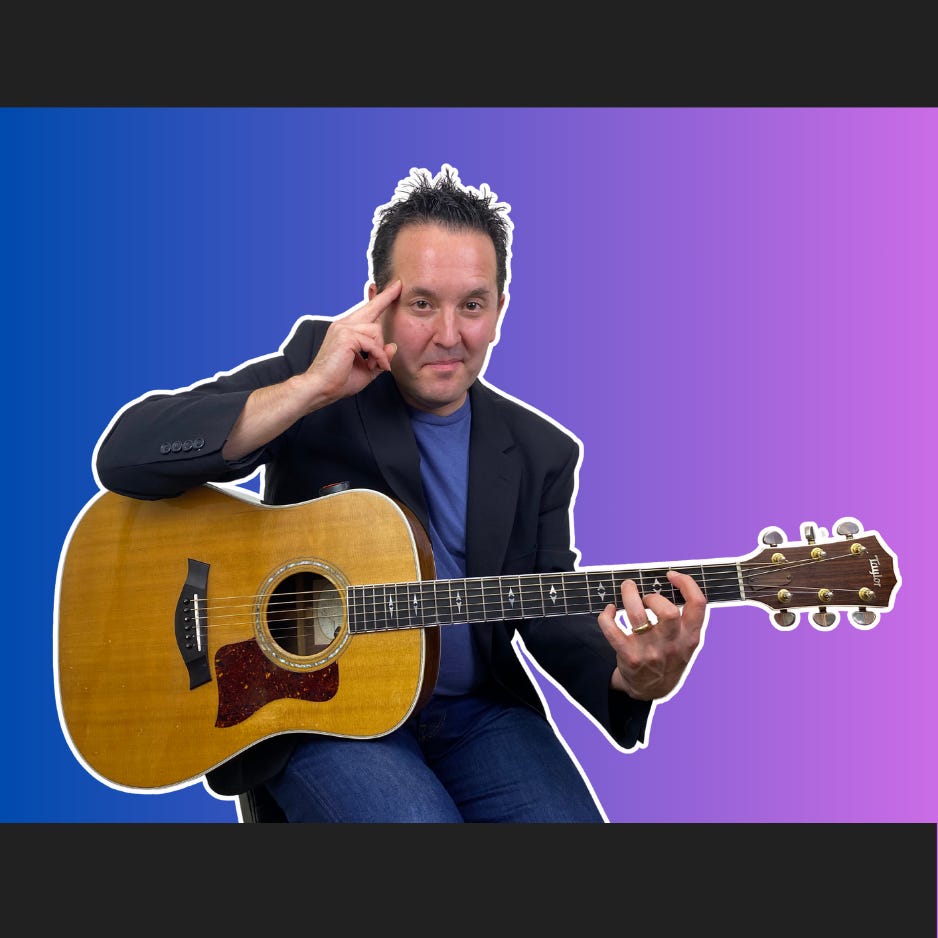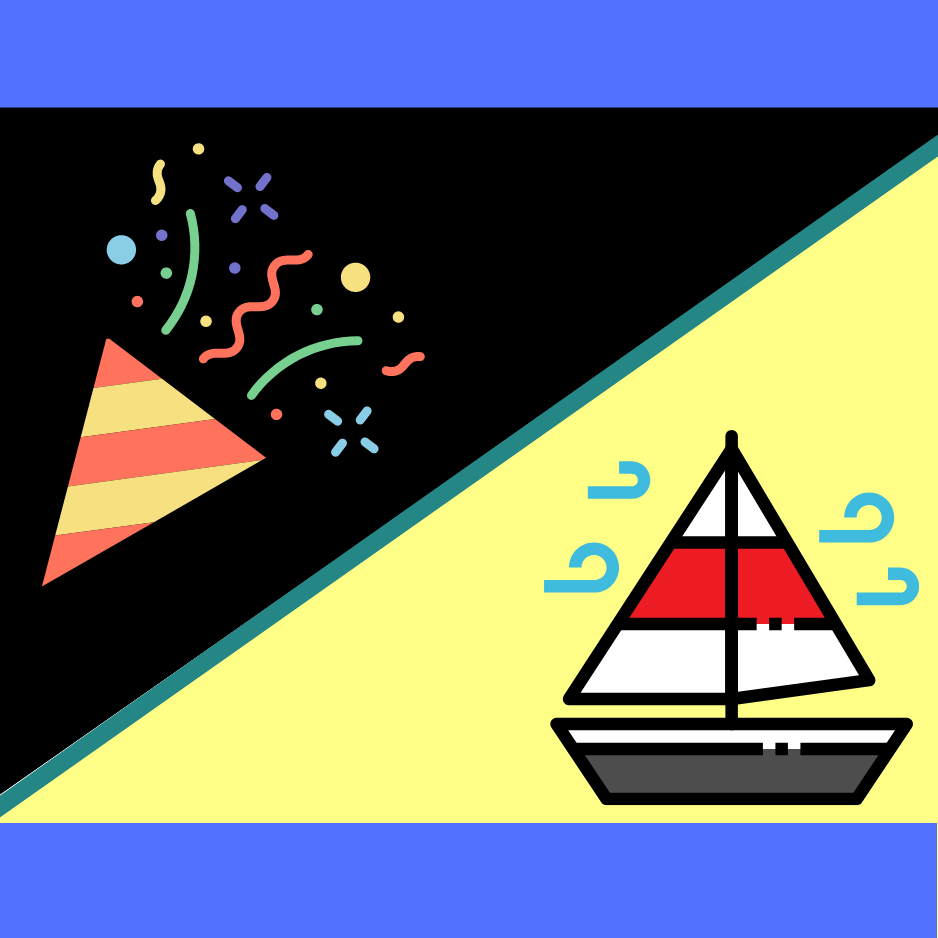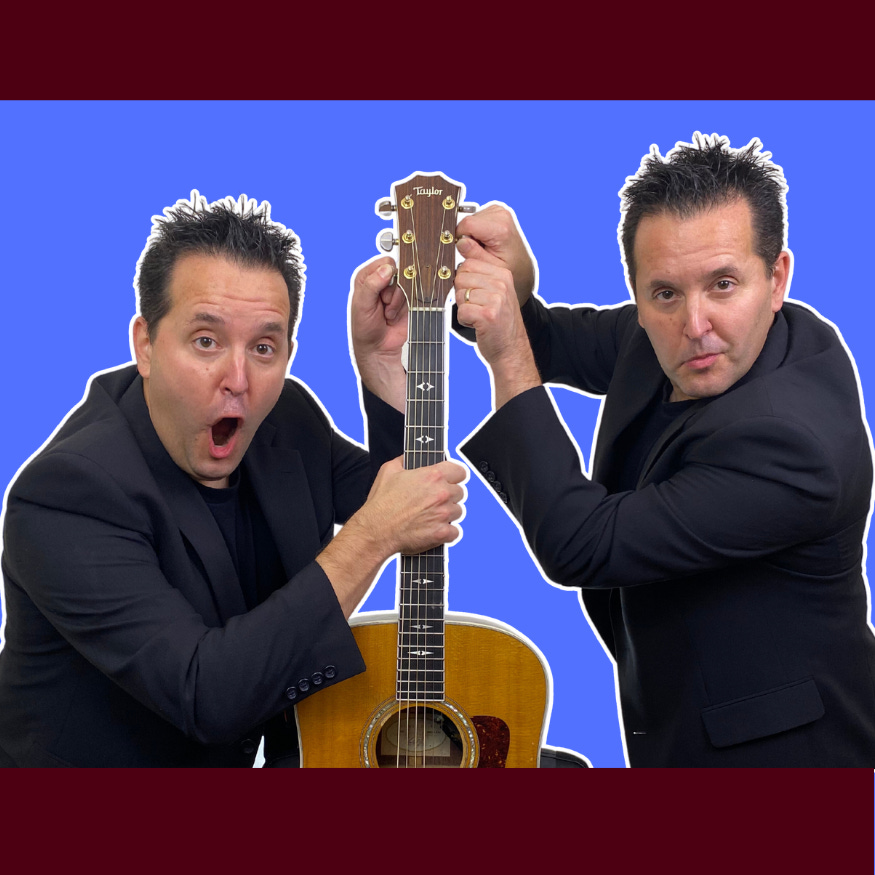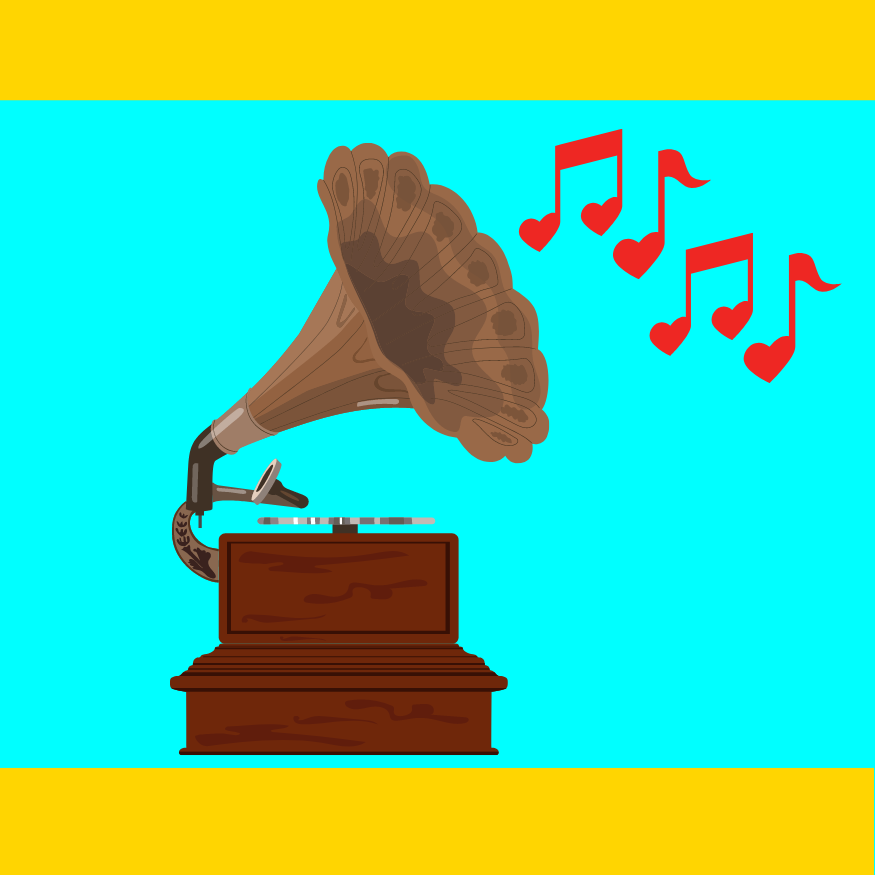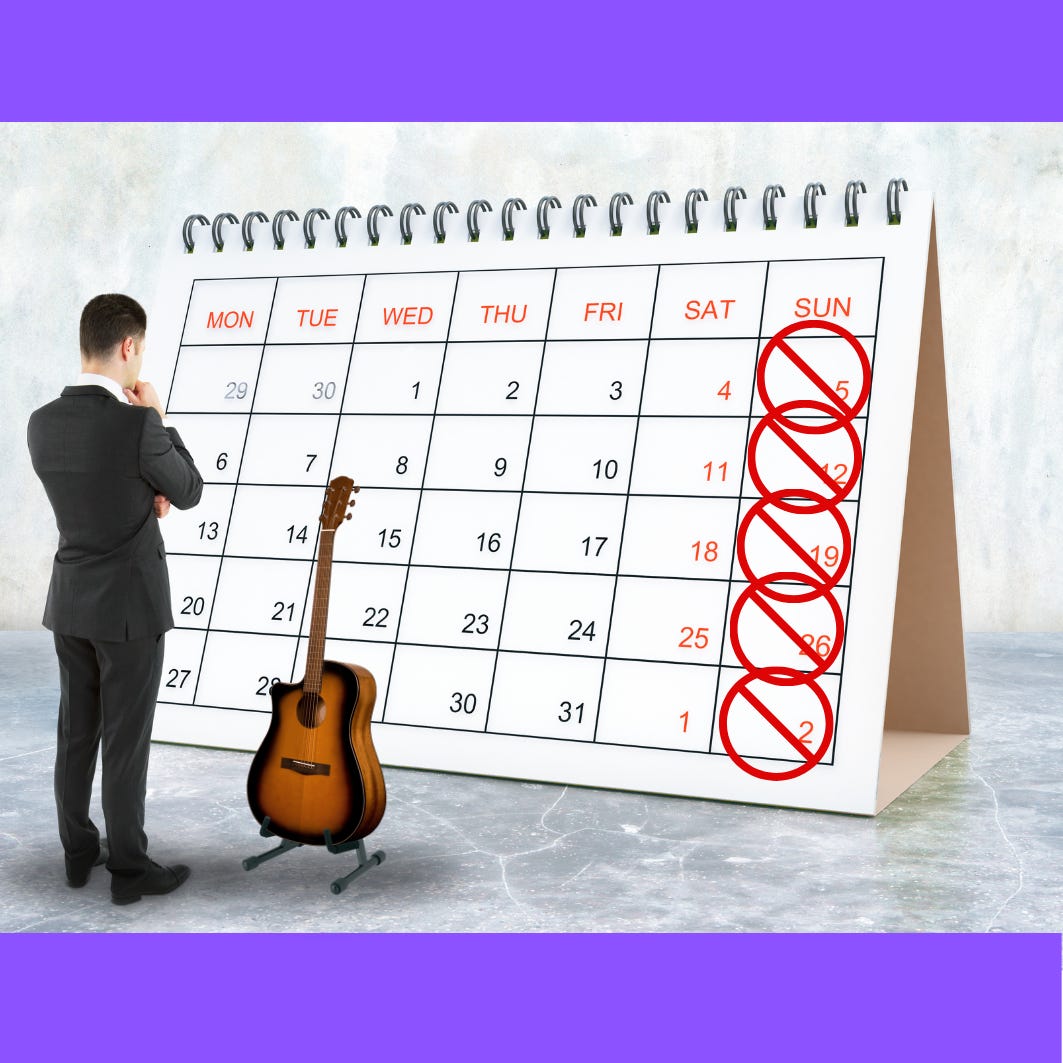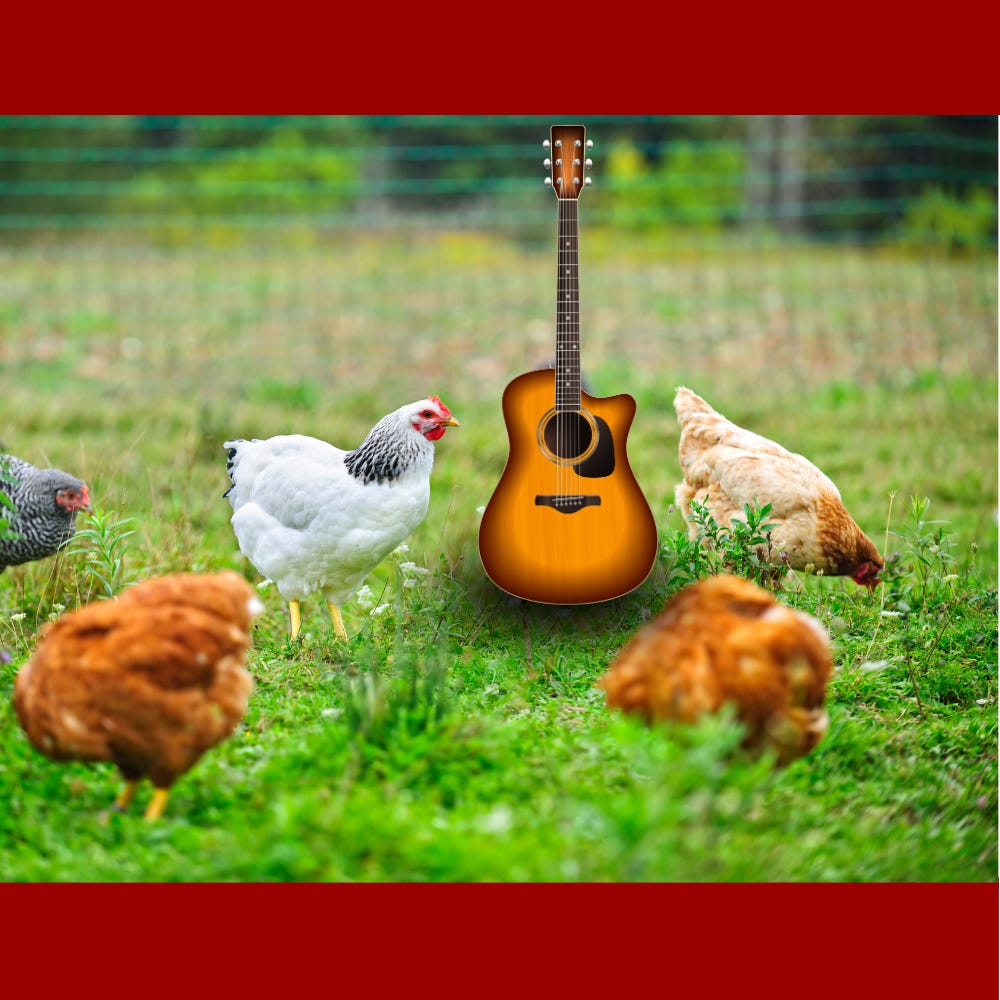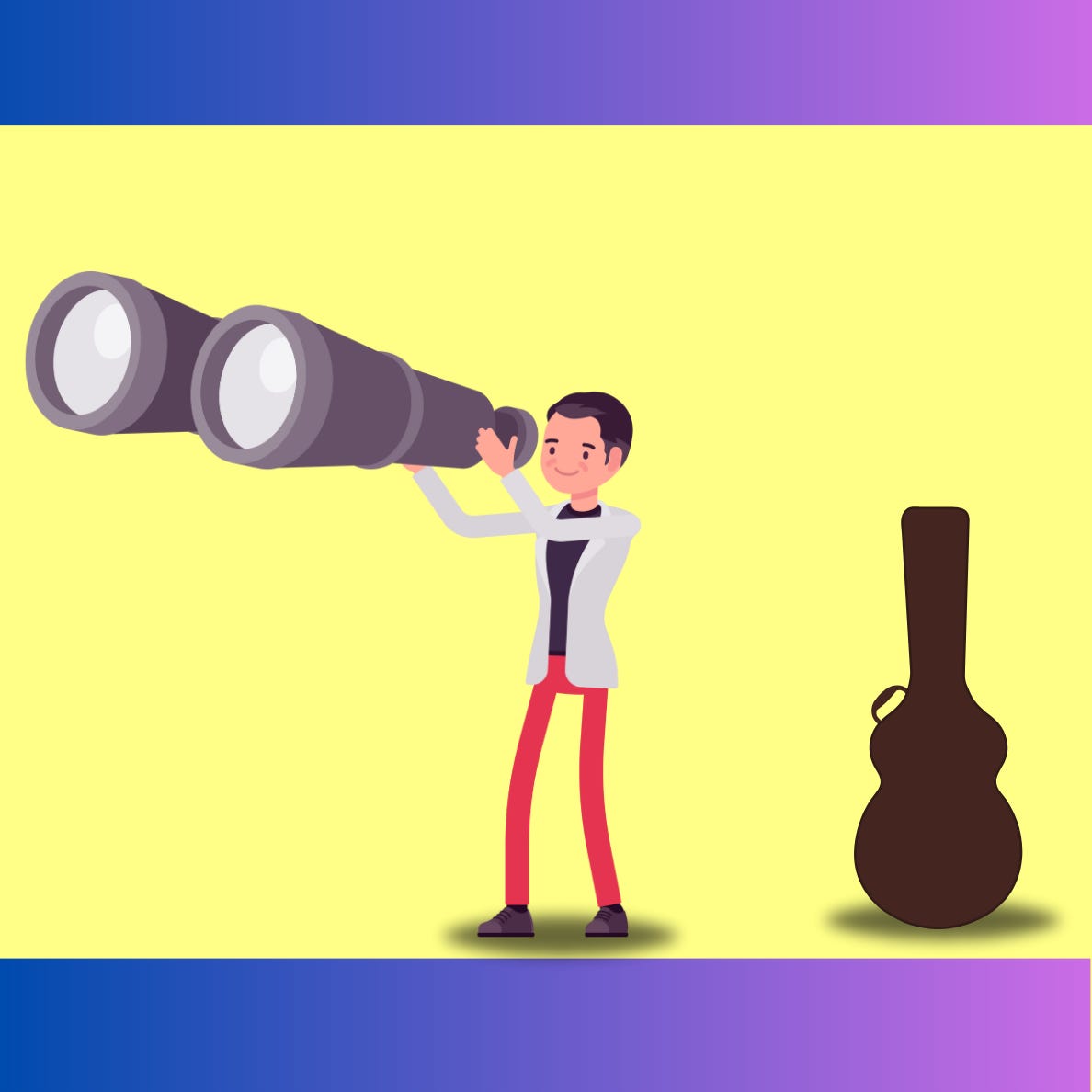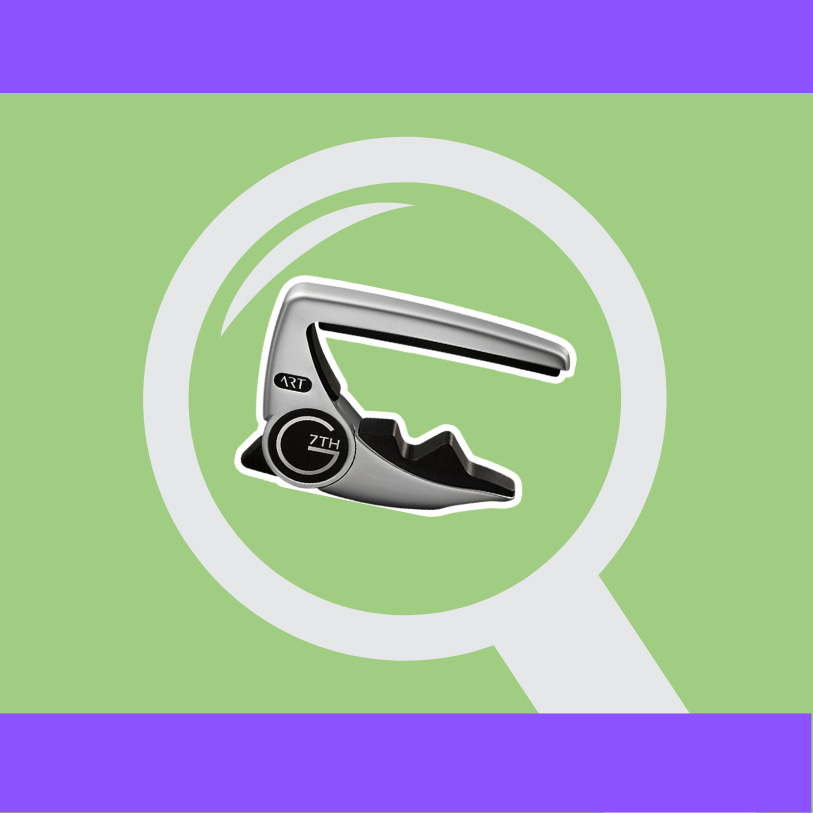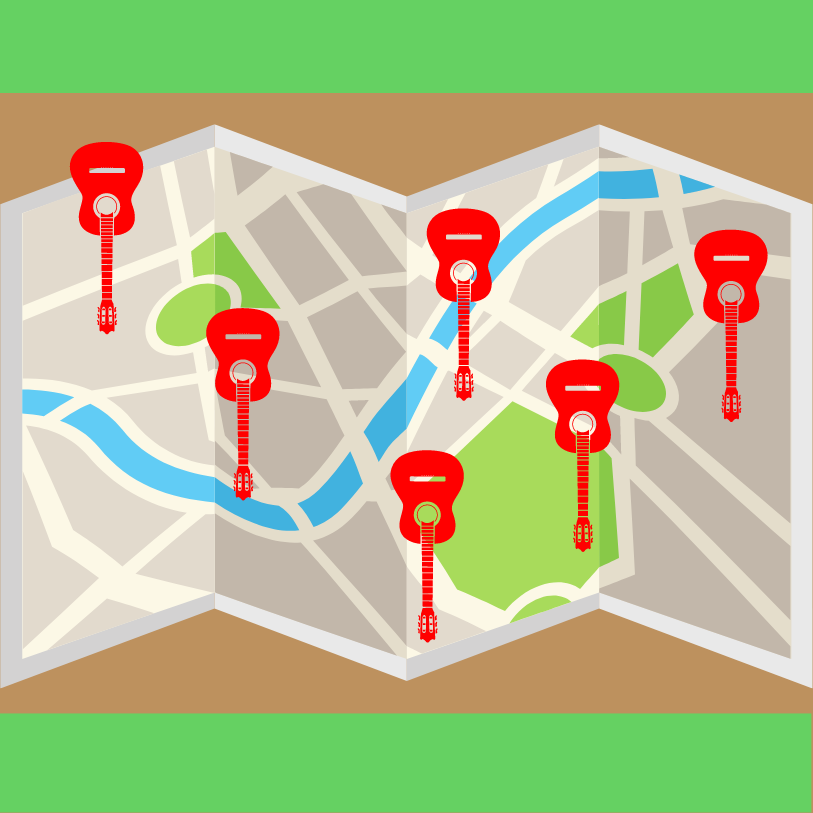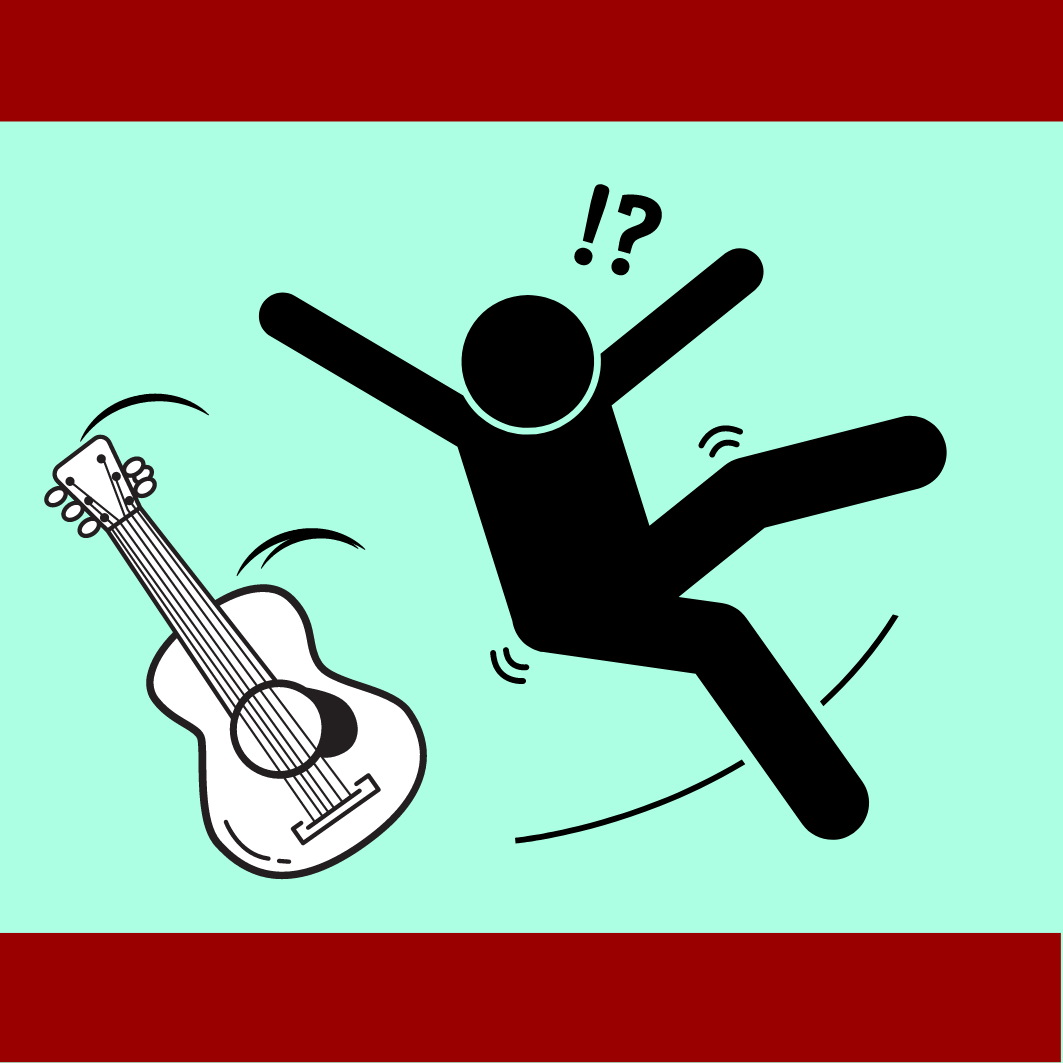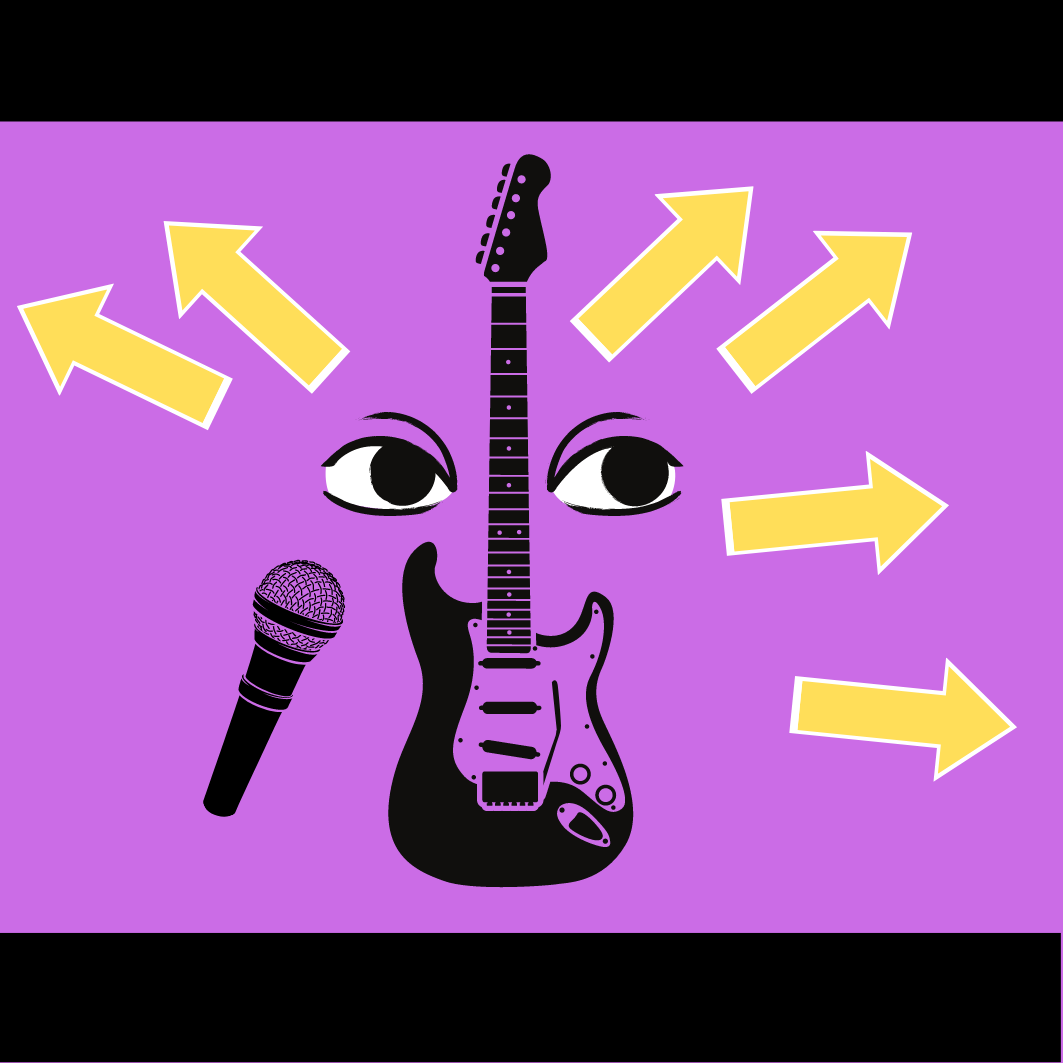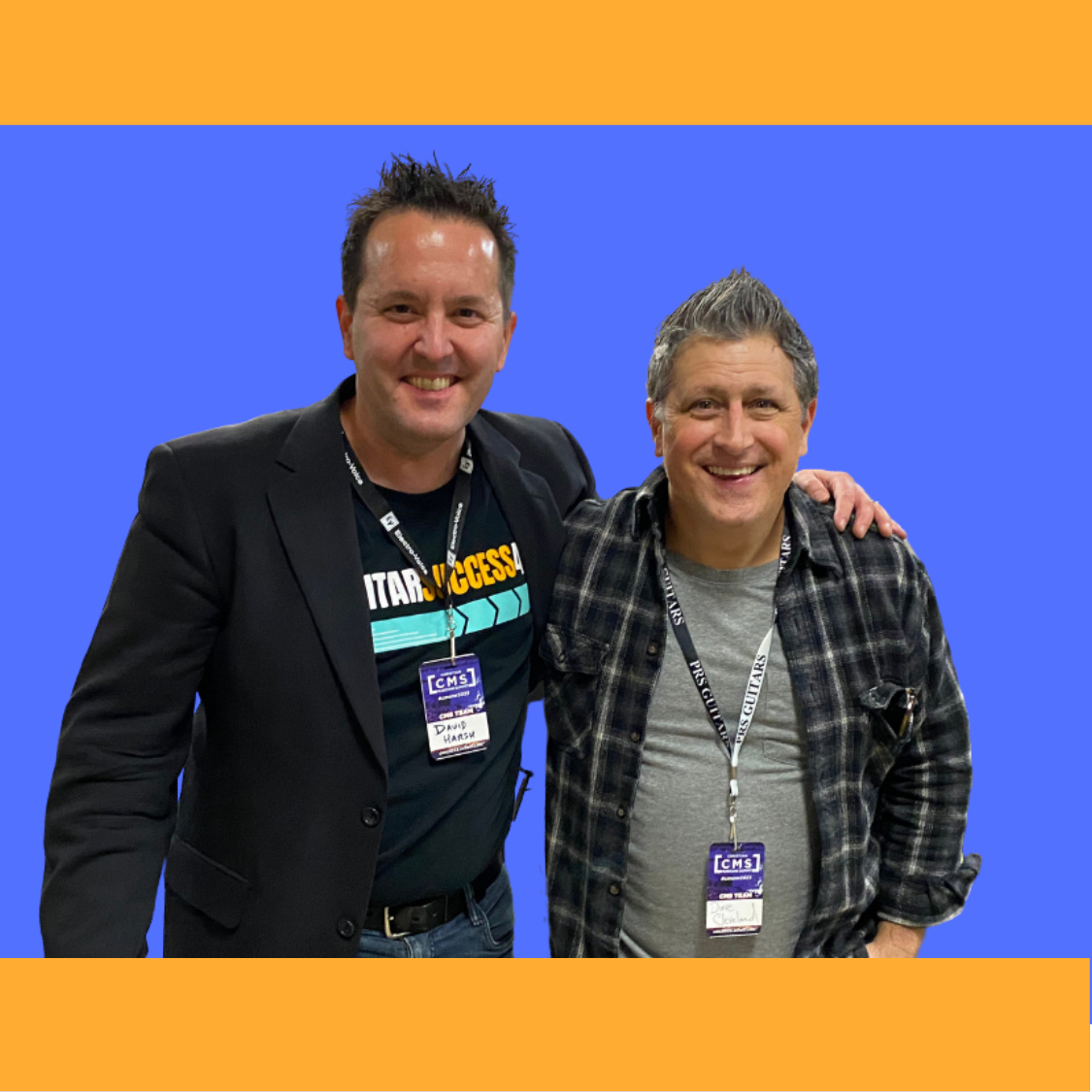The Pros and Cons of Learning Guitar on YouTube
Description
Transcript and links included below…
Today, we’re going to talk about the pros and cons of learning to play the guitar by watching YouTube videos.
Even before we begin our discussion today, I think it would be important for you to know just a little bit about me, especially if you’re new to Guitar Serious Fun.
I started playing the guitar in 1994 while simultaneously earning a Bachelor’s degree in Music with an emphasis on vocal performance.
My college education gave me a solid music theory base, and I went through all 7 grades of Mel Bay’s Modern Guitar Method as I applied what I was learning.
I began writing songs in 1996, recording in the studio in 1999, and since then, I’ve toured all over North America leading worship and performing concerts.
Amidst all of this, there’s been a constant thread of teaching music, especially the guitar, and at one time I had a full roster of 50 students with a waiting list.
When YouTube was created in 2005, I was well on my way as a guitar learner and teacher, and this new platform offered some things that had not previously existed.
Someone could capture a video of themselves teaching a guitar concept, for example, and they could upload it for anyone on the planet to watch anytime.
But right there I’ll pause to say that although views can be measured in metrics, there isn’t a standard in place to vet quality content (beyond it being appropriate vs. inappropriate or “likes.”)
There’s grown to be such an influx of content that there’s no way to keep up with the content creators and monitor whether they’re able to unpack and teach a concept well.
So, with a broad stroke, there are two basic types of guitar education content creators on YouTube…
First, creators who are aiming to garner followers and views that will lead to monetization.
Second, creators who have a presence on YouTube but ultimately want to invite their viewers into a paid educational offering that is not necessarily hosted on YouTube.
Speaking transparently, I’m of the latter disposition. Although I’ve uploaded content on one channel off and on since 2008, I’ve been much more consistent with our GuitarSuccess4U YouTube channel and have seen more viewer response because of this consistency. But my presence with GuitarSuccess4U on YouTube is still modest.
I don’t live on the platform; I post an average of one mini lesson every other week, with shorts multiple times a week.
The mini lessons are usually around 10-minutes long and go deeper than my 60-second shorts.
Posting consistently like this reminds my viewers that I’m here, that I want to provide some value, and my presence helps viewers to learn to know, like and trust me.My goal is not to gain millions of followers and to be monetized. I also have a presence on Instagram, Facebook, and of course, here at Guitar Serious Fun, so it could theoretically be possible to choose just one of those avenues and make it a full-time job.
With respect, I’d rather not go that route.
Instead, I’m passionately leaning into an online offering I launched in 2019 called GuitarSuccess4U, which you may have heard of. If you haven’t, take just a moment to check out our website at www.GuitarSuccess4U.com, and pause this recording. I’ll wait.
If you’ve had the chance to see what we offer, awesome. We hope you’ll check out the reviews, frequently asked questions, member testimonials, and some of the sample lessons.
If you haven’t, here’s the basic skinny on what it is: a self-paced online experience for beginning and intermediate Christian guitar players who know there’s more to the guitar…and who want to access fresh, proven, curated content that’s organized really well.
In addition to that, though, we have multiple expert interviews and bonuses that can’t be found anywhere else.
Lastly, and perhaps most importantly, we have a Christ-honoring community that exceeds the dynamic of a forum or discussion group in its practical and supportive nature.
Some forums or discussion platforms end up being a place where there’s a lot of unconstructive criticism. Not in our community.
And again, YouTube is a powerful tool with great potential, so I’ve decided camp out on this for a few minutes today.
So, let me take you into some of my thoughts as I contrast the pros and cons of YouTube with our GuitarSuccess4U model, and then you can decide what seems best for you in this season.
But first, a story.
The Dictionary
When I was about 10 years old, my paternal grandmother gave me a very thick Webster’s Dictionary – about three inches thick, hardbound, 8 ½ x 11”. This was a decent-sized dictionary, and I was grateful to receive this gift. I’ve flipped through it a lot over the past few decades. But I can confidently say that I have not read through it line by line, cover to cover. That wouldn’t make sense, because there are a lot of words I’ll never use, but more importantly, it would take an exorbitant amount of time.
The main way I’ve used this dictionary (other than as a weight or a doorstop) is to reference words alphabetically for definitions and spellings.
And that’s the normal function of a dictionary, right? It’s rare that someone would underline a huge portion of words in a dictionary like John Cusack’s love interest (Diane) in the movie Say Anything. But perhaps a specific dictionary, like a medical dictionary (in that movie) has this kind of potential.
But let’s draw a parallel just for a moment between a Webster’s Unabridged Dictionary and YouTube.
Both are vast, and both are searchable. If you’re looking for some answers to what you want to learn about, you can likely find a version of it on YouTube.
The concept may be taught well. It may give you some tools to grasp as you get started.
And it’s also “free”…sort of. Remember, YouTube gets paid because of ad traffic, so you will sometimes be paying for what you watch with your time as you wait for an ad to play (or at least the first few seconds.)Now, I have nothing against YouTube ads – I’m building some YouTube ads out right now as I string these words together.
The Only Non-Renewable Resource
Now, did you catch the word I included just a moment ago? It’s the word “time.” In the movie Avengers: Endgame, Tony Stark recounts a pearl of wisdom from his father, Howard, to Howard himself many years earlier. It really resonated with me. The wisdom was this: “No amount of money ever bought a second of time.”Time is a non-renewable resource. And although we can’t buy time, we can save time, which may actually translate to saving money as well.
If I spend the better part of an afternoon or evening poking around on YouTube, I may find what I’m looking for. But I may lose a lot of time doing it.
Painful Learning
I talked to one guitarist who learned to play on YouTube, but he described his experience as “painful.”
I totally got it – there was a long slog towards finding what he wanted to learn, and much of it was disjointed and not at all progressive.
This guitarist had been invited into a band rehearsal I was recruited to lead for, for a very specific endeavor that was coming up fast. And as the leader, I had to make observations and intentional choices as I led this group.
With respect, even as I interacted with this individual musically, it became clear that there were some essential music concepts he had not absorbed in his YouTube education that necessitated stopping the rehearsal multiple times, and eventually needing to do something I didn’t foresee happening: I had to seek a replacement for the endeavor we were rehearsing for.
I did this in the kindest manner possible, but it was clear that this guy’s skills were not commensurate with what our band needed to put together for the set for the endeavor that was coming up in a week.
I had to let this guy go.
For the sake of the quality offering as a whole, I had to ask this guy to step down and to continue to develop his skills, hopefully for a future opportunity, while I sought out someone I knew could meet the standard with the time we had left.
A Distilled CollectionLet me drop a word into this discussion that you’ve probably heard. I mentioned it briefly earlier in this episode. The word is “curated.” In layman’s terms, a curated collection is an organized collection of things, whether antiques, art, or in this case, music teaching tools.
If a collection is curated, it has been carefully reviewed for the most effective and valuable criteria. It’s not a random, haphazard group of things. It’s very deliberate.
But to curate something, you need to have time to do so, but also the experience to know what is relevant and of high quality.
Typically, a curated collection is not very large. It’s been distilled and culled to the most essential elements.My approach to building out the GuitarSuccess4U materials in our battle-tested 6-stage Success Path is to do just that. Having led worship,

